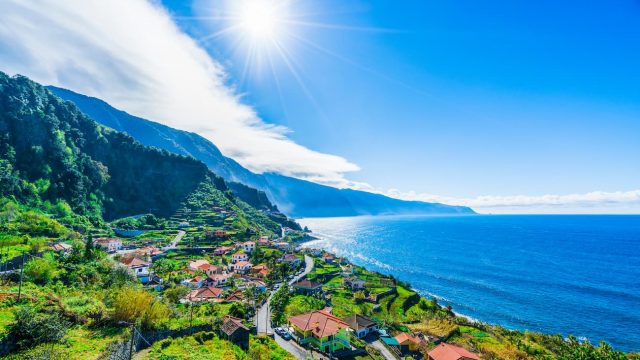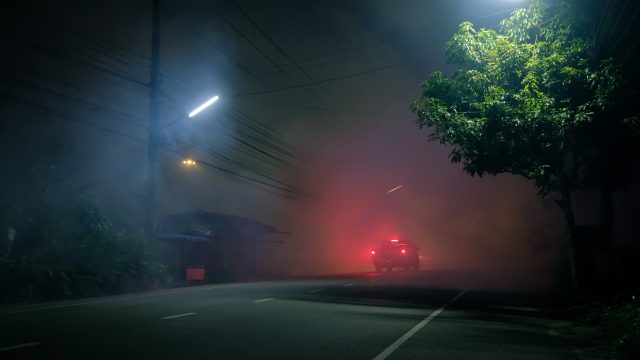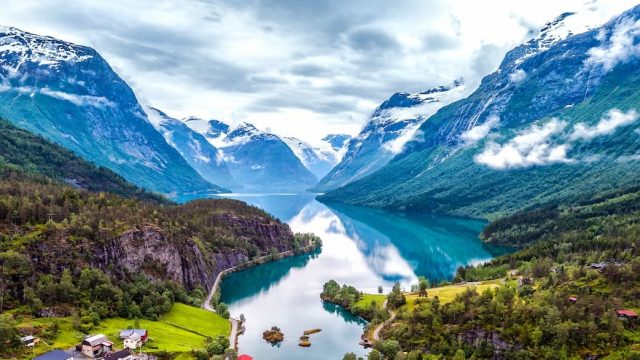A Guest Post By Hildy Snow, BCN Internet.
Barcelona is beautiful, no doubt about it, but Catalonia is a lot more than just its charming capital city. From picturesque seaside towns and important archaeological sites to impressive mountains and traditional vineyards, the options for day trips and weekend getaways abound.
Excursions galore
Barcelona is the perfect starting point for a wide variety of excursions. Getting to the Catalonian capital from around the world is easy. Accommodation options are varied, from luxury and budget hotels to apartments. In short, the city is a great base from which to explore one of the most unique areas in Spain. Having lived in Catalonia for a decade, I have a long list of favourite destinations. One of the things that never ceases to amaze me is the incredible diversity of this small geographic area.
Only 50km from Barcelona and easily accessible with a rental car, the Montserrat Mountain maintain an air of mystery. This is despite the countless visitors that flock to the massive monolith year after year. Also called the ‘mountain of a hundred peaks’, Montserrat has an impressive monastery that seems carved straight into the rock. It is home to one of Catalonia’s most revered religious icons, the Black Madonna.
In addition to its rich religious and spiritual history, Montserrat is a geological wonder. It’s marked by strange rock formations that jut into the sky. They give the mountain its characteristic silhouette and name, ‘Serrated Mountain’. Popular with rock climbers and hikers, Montserrat has several great hiking routes that provide a stunning view across the Barcelona plain. On a clear day, you can see all the way to the sea and the Pyrenees.
Visit a vineyard
If your idea of a good time involves leisurely strolling through vineyards and sampling excellent wine, Sant Sadurni d’Anoia is a fantastic day trip. Located in the celebrated wine-producing region of the Penedés, Sant Sadurni d’Anoia is home to several of Catalonia’s most important wineries, including the famous cava (sparkling wine) producers Codorniu and Freixenet. The gentle slopes of the vineyards along the Anoia River make for a picturesque landscape. It is dotted with traditional estates bearing the signature of masterful art nouveau architects like Josep Puig i Cadafalch, who designed the Codorniu winery.
In addition to its exterior splendour, the winery also has 200,000 m2 of underground cava cellars. This earned it the nickname ‘Cava Cathedral’. Many tour operators offer wine tours of the Penedés, and most of the local wineries offer tastings: the chance to combine a day in the country with a fascinating insider look at the world of wine-making.
Explore Tarragona
Head about an hour south by car from Barcelona and you’ll come to the city of Tarragona. For many years, I didn’t think of the biggest city on the Costa Daurada as anything but a beach town. The assumption isn’t entirely unwarranted – after all, Tarragona is home to some of the most spectacular sand beaches in Catalonia. Then I discovered Tarragona’s Old Town. During Roman times, the city was known as Tarraco, the bustling capital of Hispania Citerior. The well-preserved vestiges of the era are still visible today: the amphitheatre, the forum, an aqueduct.
The walk along the old city wall, where remnants of the ancient Roman wall mesh with medieval and modern fortifications, is beautiful. Full of garden areas, interesting historical information and curious details, the wall also has several lookout points with great city views. The medieval period also left fascinating traces in the city, including the cathedral complex or the Gothic arches in the medieval market and along the narrow streets of the old Jewish Quarter. After spending the morning wandering through town, I highly recommend lunch at Ca l’Oscar on Plaça del Rei. I also think it’s well worth staying in Tarragona until evening or even spending the night. After nightfall, the Old Town takes on an atmosphere filled with a palpable sense of history that is truly magical.
Induldge in the celebrity lifestyle
Few towns on the Costa Brava combine history, celebrity and traditional charm as well as Cadaqués and Tossa de Mar. The former, a luminous enclave of white houses set against the rugged backdrop of the Cap de Creus peninsula, was the creative playground of Salvador Dalí, Picasso and other artists. No surprise, given the spectacular light and vivid palette of white houses, green pinewoods and blue sea, interrupted by splashes of colourful fishing boats. Despite attracting visitors for decades, Cadaqués has managed to keep much of its original charm intact. The surrounding nature of the Cap de Creus is spectacular: a craggy, almost lunar landscape of sharp rocks and steep cliffs, it’s easy to see how deeply this place inspired Dalí’s work.
Tossa de Mar, with its pronounced, rocky hill surrounded by medieval turrets, was also an artists’ enclave, perhaps best known for making Ava Gardner fall in love with Spain. The actress came to the village in the 1950s to shoot Pandora and the Flying Dutchman, which – along with her passion for the place – put Tossa on the map. In the late 1990s, the village erected a statue in her honour. Besides its lovely old centre with medieval stone houses, Tossa boasts beautiful coves with fragrant pinewoods up to the water’s edge. Although very popular with visitors, Tossa has managed to retain much of its charm as well as cultivate the kind of tourism industry befitting a town of its size, history and character.
The next time you come to Barcelona, make sure to set aside a few days to hit the road and explore these local treasures, completely unique worlds just a short drive away from the Catalonian capital.





